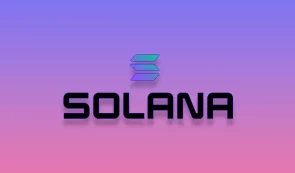Chainlink and ANZ Forge Blockchain Bridge for Tokenized Assets

The decentralized oracle service Chainlink (LINK) has partnered with Australia and New Zealand Banking Group (ANZ), a prominent lending institution.
As per Chainlink‘s official announcement, ANZ has actively participated in a comprehensive case study focused on the oracle’s innovative Cross-Chain Interoperability Protocol (CCIP) technology.
The results of this case study demonstrate the successful transfer of ANZ-issued stablecoins across different blockchains using CCIP, enabling the acquisition of nature-based assets.
In a collaborative research paper authored by Chainlink Labs and ANZ, the potential of CCIP to drive institutional adoption of tokenized assets is highlighted. The authors explain how CCIP can streamline user interactions with digital assets, offering secure access to a diverse range of tokenized assets and digital asset services, even across various public and private blockchains.
Importantly, this can be achieved without requiring extensive modifications to existing financial institution infrastructure.
Drawing parallels to the transformative impact of interoperability standards on the Internet and global banking, the paper emphasizes that a cross-chain interoperability standard could similarly expedite the integration of tokenized assets within the financial industry.
READ MORE: Google Cloud Becomes an Official Polygon Validator
In June, SWIFT made an announcement regarding its ongoing testing of blockchain interoperability with a consortium of financial institutions connected to the Chainlink network.
In a recent CNBC interview, Chainlink’s creator, Sergey Nazarov, expressed his satisfaction with the collaboration with SWIFT, highlighting its success in achieving key objectives. The partnership effectively leveraged SWIFT messages, a widely adopted banking standard, to initiate blockchain events through CCIP, the cross-chain interoperability protocol developed by Chainlink.
Additionally, private bank chains were seamlessly interconnected, enabling interbank transactions, and further, these private bank chains were integrated with public chains, facilitating transactions with public chain contracts, such as those used in decentralized finance (DeFi). All of these goals were successfully demonstrated during the collaboration.















